Water stains on wood can be a common nuisance, often appearing as white rings or dark spots. These marks can diminish the beauty of your furniture or hardwood floors, but fear not; there are effective methods to restore your wood surfaces to their original glory. Below are some tried-and-true techniques for removing water stains from wood, whether they are fresh or older marks.
Other Topics You Might Like
Helpful Products You Might Like
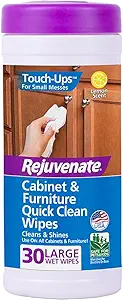
Rejuvenate Cabinet and Furniture Quick Clean Wipes
Pledge Expert Care Wood Polish Spray
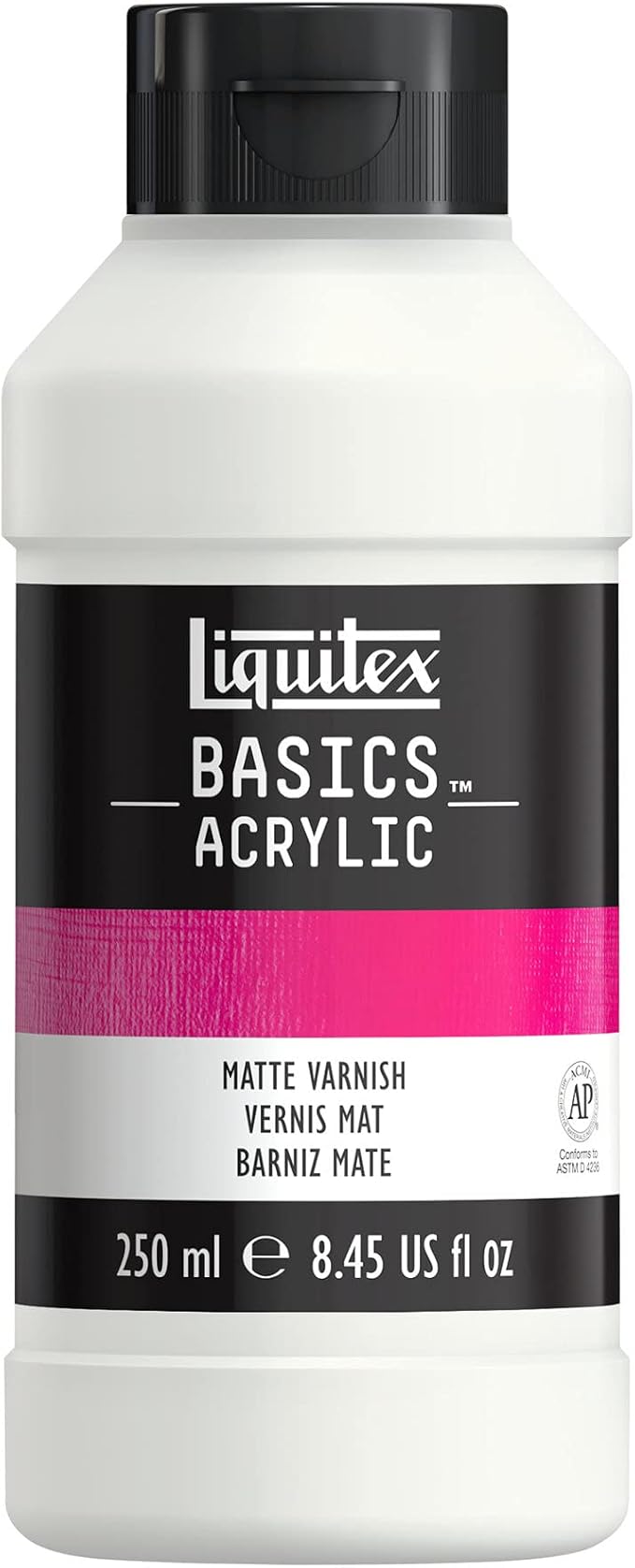
Liquitex BASICS Matte Varnish Bottle
"(Paid Links)" 
Identifying the Type of Water Stain
Before diving into removal methods, it's essential to identify the type of stain. Fresh water stains, usually white, indicate moisture trapped in the finish. Older, darker stains may signify water that has penetrated the wood, requiring more intensive treatment.
Method 1
Using Heat and a Cloth
For fresh water stains, a simple heat method often works wonders.
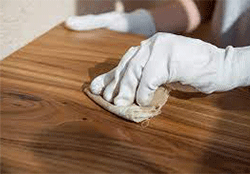
Gather Your Materials
You will need a clean, dry cloth and an iron.
Prepare the Cloth
Place the cloth over the water-stained area. This acts as a barrier and protects the wood.
Iron the Cloth
Set your iron to a low heat setting (without steam) and gently run it over the cloth for a few seconds. Keep the iron moving to prevent overheating any one spot. The heat helps to evaporate the trapped moisture from beneath the finish.
Check the Progress
After a few seconds, lift the cloth to check if the stain is fading. If needed, repeat the process until the stain disappears.
Method 2
Baking Soda Paste
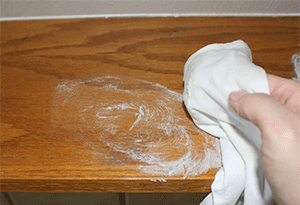
For tougher stains, a baking soda paste can be effective
Mix the Paste
Combine equal parts baking soda and water to form a thick paste.
Apply the Paste
Gently rub the paste into the stain using a soft cloth. Always rub in the direction of the wood grain to avoid scratching the surface
Wipe Clean
After a few minutes, wipe the area with a damp cloth and then dry it thoroughly.
Method 3
Toothpaste Trick
Toothpaste, particularly non-gel kinds, can also be helpful.
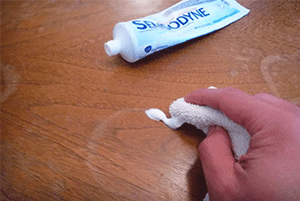
Choose the Right Toothpaste
Use a white, non-gel toothpaste and a soft cloth.
Apply and Rub
Put a small amount of toothpaste on the stain and rub it gently with the cloth, following the grain of the wood.
Clean and Polish
Wipe away the toothpaste with a damp cloth, and then dry the area. You may follow up with a wood polish to restore shine.
Method 4
Commercial Wood Stain Removers
If the above methods fail, consider using a commercial wood stain remover. Follow the product's instructions carefully, and always test it on a small, inconspicuous area first to ensure it won't damage the wood.
Preventive Measures
Once you've successfully removed the stains, take steps to prevent future occurrences.
Use Coasters and Placemats
Always protect wood surfaces with coasters under drinks and placemats under food.
Regular Maintenance
Regularly clean and polish your wood surfaces to maintain their finish and protect against moisture.
Humidity Control
Consider using a humidifier in dry conditions or dehumidifiers in overly humid environments to maintain stable humidity levels around your wood furniture.
Conclusion
Water stains can be a frustrating issue for wood furniture owners, but with the right approach, they can be effectively removed. By using methods such as heat application, baking soda, or toothpaste, you can restore your wood surfaces to their former beauty. Additionally, taking preventive measures will help ensure that your furniture remains in top condition for years to come.
